Through My Lens: The Astronomy Journey Begins
You may have come across our slogan ‘Embarking on a Celestial Journey’ across our website and social media. We decided on this slogan as it resonates with our journey and the experience we want our audience to have. It is also linked to the title of this series, ‘Through My Lens’, which aims to document the journey of triumphs, challenges, and awe-inspiring moments that we encounter as we navigate the vast expanses of the night sky and learn about astronomy/astrophotography.
Each chapter in this series will highlight the journey of a complete beginner tackling the wonderfully beautiful and yet frustrating, confusing, time-consuming, and expensive hobby that is astronomy. Whether it is learning the basics of the night sky, documenting the purchase my first astrophotography-capable equipment, or diving into the computer software to bring everything to life, I’ll be starting right from the beginning.
Our hope is that this series will show that astronomy is possible for everyone and that you can start with no prior knowledge. With that, I hope that it inspires others to join our journey and find a community of people with shared interests. Whilst we have long-term plans and great ambition for The Astronomers site (check out our road map), right now we are starting our journey in astronomy and you can join us every step of the way. Each article is a chapter in this journey, unveiling the milestones and discoveries that mark our venture into the cosmos.
This isn’t just a collection of technical details; it’s a narrative of passion, curiosity, and the sheer joy of exploring the wonders above. Whether you’re a seasoned astronomer, an aspiring stargazer, or someone who is simply curious about the universe, I invite you to join me as I take my first steps into the universe and share my experiences of my astronomical expeditions.
So, adjust your telescopic lenses, as we embark on a journey through the celestial wonders, one star at a time. Welcome to the front-row seat of our cosmic adventure.
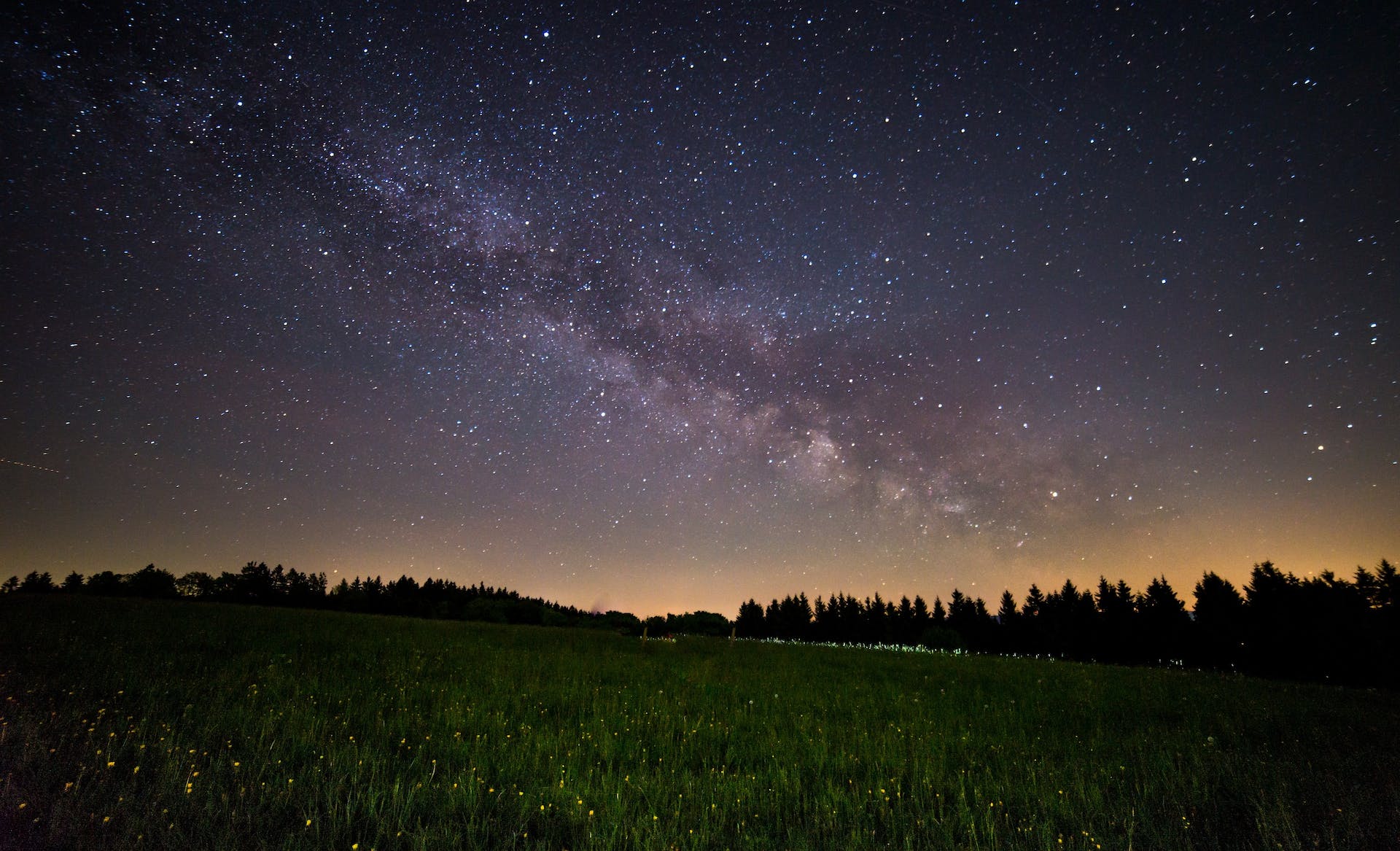
Where are we currently at?
Now that I have introduced the series, I want to start off by saying welcome to the first of many articles in the ‘Through My Lens’ series and thank you for reading this far.
I’ve documented my background and love for astronomy across all my articles, but there has been an insatiable desire to learn more about the universe over the past few years. Whether that comes with age or time, I have had a need to take action. I find myself thinking about the universe almost all day, every day. My yearning to learn more about the stars is greater than ever before. When I am scouring the internet to learn more about astronomy and how to get involved, I find that many of the established sites can often be too technical for beginners or talk about equipment that is completely out of your range.
Whilst there are no quick fixes or cutting corners in astronomy, I found that getting started or finding the right information to be quite difficult. The more I research the more I realised how deep astronomy can go as a hobby and how little I know. The minute you think you’ve cracked it you read about another piece of equipment, or a scientific term they didn’t teach you in school.
Taking notes and writing up my findings is a key learning method that I’ve employed during my academic studies and career. I decided to write my learnings in astronomy as a way to refer back to the wealth of information when I needed it. As I began to write my notes, I considered if my learnings would be useful for others to use as way to get started in astronomy, or at least identify the challenges I faced to help them along the way.
I’m not a physicist and I don’t have a background in astronomy. My academic background lies in History and my career is in consumer research, therefore my journey is based entirely on passion, interest, and a burning desire to connect with the cosmos. I want to provide people with a raw, real, and likely unhinged experience in astronomy. And so, I decided to create The Astronomers, and with it the ‘Through My Lens’ series.
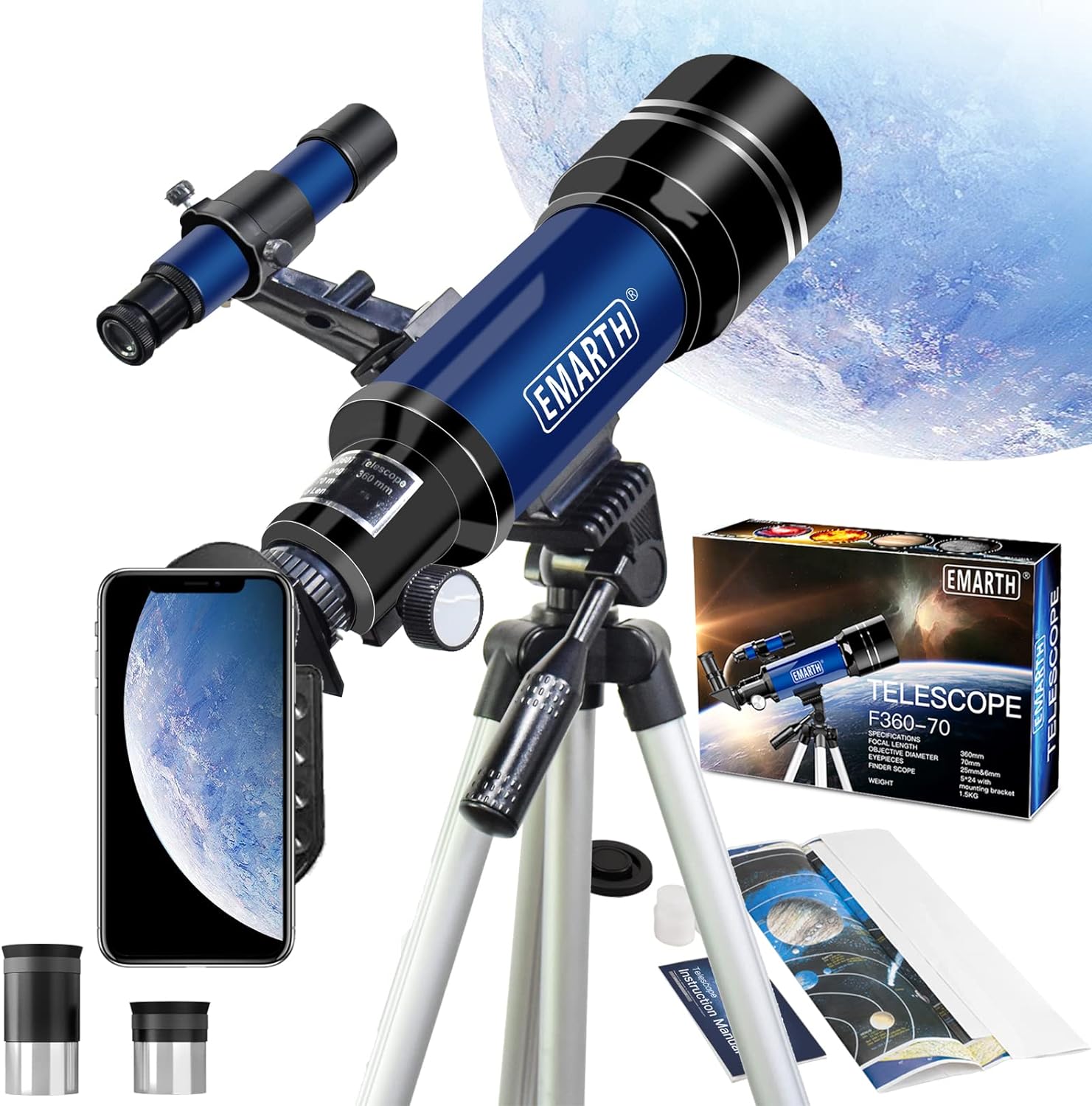
What equipment do I currently use? What experience do I have?
Given that I am beginner, I have very little and basic equipment. Other than simply looking up at the night sky with the naked eye, I have a basic telescope, DSLR camera and tripod. I was given the telescope as a gift a couple of years ago during the COVID-19 lockdowns. I use an EMARTH telescope, which can be found here: Emarth Telescope.
Whilst this is basic equipment for beginners, it’s an affordable and great telescope to observe the Moon, terrestrial objects and learn about the night sky. With that being said, if you are interested in astrophotography, deep space objects or tracking anything that moves in the night sky then this isn’t the right piece of equipment.
Here are its specifications:
- Brand: EMARTH
- Focal Length: 360mm(f/5.1)
- Aperture: 70mm
- Mount: Tripod Mount
- Focus: Manual Focus
When I read the articles of fellow astrophotographers they often share their equipment’s specifications. As a beginner in astronomy, telescopes and photography, I do not fully understand much of the language used in the specifications of telescopes or why they are important (though I’m learning). Over the coming months I’ll be putting out articles to cover the specifications of telescopes, mounts, etc, to understand what they mean and their importance to astronomy. So, if you don’t know what they mean, don’t be alarmed! If you are reading this and have more experience or notice anything is incorrect in the article, please comment below!
There is a standard mount included with the telescope, but I use a camera tripod as it tends to be sturdier and larger. Unlike the advanced mounts, such as the SkyWatcher EQ-Pro’s, that have computerised motors that track the movement of the night sky, a standard mount struggles to track objects as the Earth rotates. I’ll be sharing articles on the importance of mounts, the differences between a alt-azimuth and equatorial mounts, and how to read the night sky at a later date. With my camera tripod, it’s certainly sturdy and great for larger objects like the moon. But as the stars shifts through the night sky you have to constantly adjust your mount and it’s near impossible to keep further objects from getting out of sight. It would be unreasonable to expect the equipment to do more that it offers for the price, but it’s still worth noting it’s limitations before purchasing it.
With that being said, if you are looking for a starting point for Astronomy then the Moon is magical all on its own and is a great place to begin your journey. My end goal has always been to do deep space astrophotography, and as I began my journey I had a misguided expectation that I could do it with this telescope (or rather than I can not do it with this mount). One thing I have come to learn from forums and astronomers is that the mount is probably the most important piece of equipment. It’s also the thing that people get wrong when they start out as they buy a great telescope but do not have the mount to support it. Either that or their desire for deeper astrophotography develops and they outgrow their mount and have to buy a more expensive one anyway. I’m currently looking at purchasing the SkyWatcher HEQ5-Pro. I’ll putting together another article highlighting why that is at a later date.
But for now, back to my current equipment – I quickly realised that taking images of anything other than the moon wouldn’t work, at least not very well. I attempted to take pictures with my phone as the product has a little adapter that attaches to the telescope but I found it rather frustrating and did not enjoy it much.
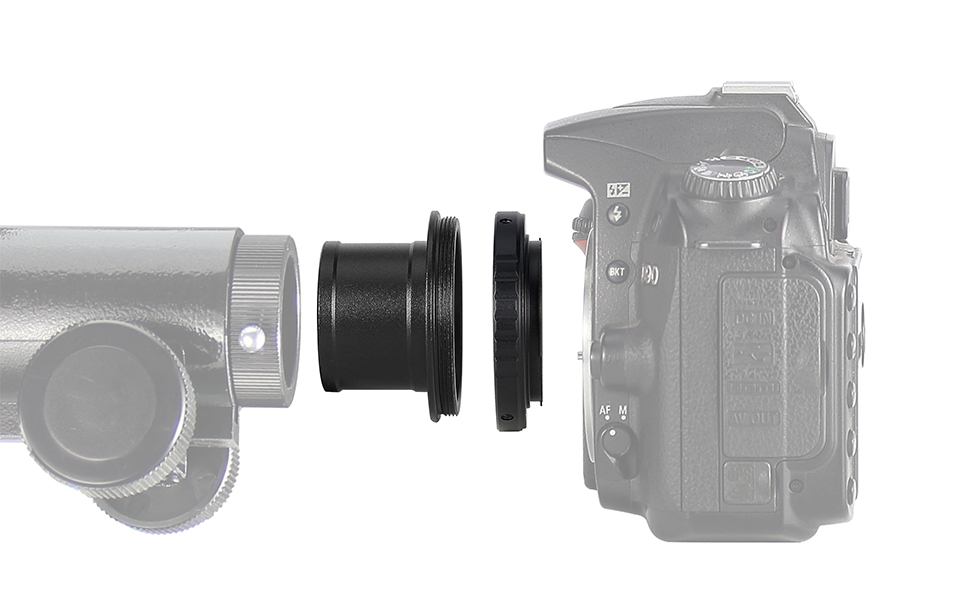
How do I attach a camera to my telescope?
Following my frustrations with the mobile phone, I began to research how other people take such detailed images of the night sky and found out that not only can you use a regular camera, but that is the most common format. Looking back, I always misunderstood astronomy. I used to think that it could only be done by substantial, professional telescopes operated by space agencies, governments, and universities. If not by them, then extremely expensive equipment that the likes of you and I could not afford.
I quickly learned that most people use a regular camera attached to telescopes, and whilst there is a bunch of other things to consider (like what camera settings to have or how to edit the photo’s to ensure it brings out all the detail) standard cameras are pretty good at capturing all the information needed. And whilst there is an entire range of expensive to super extensive setups, this opened up a new world for me. Fortunately, my partner already had a Canon 550D camera that I could use for imagery. You can get this camera for between £70 to £150 online these days. I have no idea if this is a good camera, if it’s old, or just as effective as up to date version, but it’s what I have.
Once again misguided, I assumed I could attached my camera to my telescope, click take image and have a beautiful image of the night sky. Oh how I was wrong. Understanding the basics of photography can go a long way when it comes to astrophotography. There is an entire skill set on how to properly take an image with a DSLR camera. How much light do you let in (aperture) and how long do you take the image for (exposure). I will be posting more articles on how to take an image with a DSLR camera in the future.
One of my first obstacles in astrophotography was finding out how to attach my camera to my telescope. After a bit of research, I found out that you need another attachment to connect your camera to the telescope. In my case, it was the T2 T Ring Adapter Lens Mount, which fits both my Canon model (550D) and the 1.25″ size hole on my telescope (that you would typically look through).
You can get the T2 T-Ring Adapter Lens Mount here.
This now means that I can attach my camera to my telescope and take pictures. And in many ways that is where I am currently at. Given my lack of understanding about photography basics it has been quite frustrating knowing what settings to put the camera on to take the best pictures.
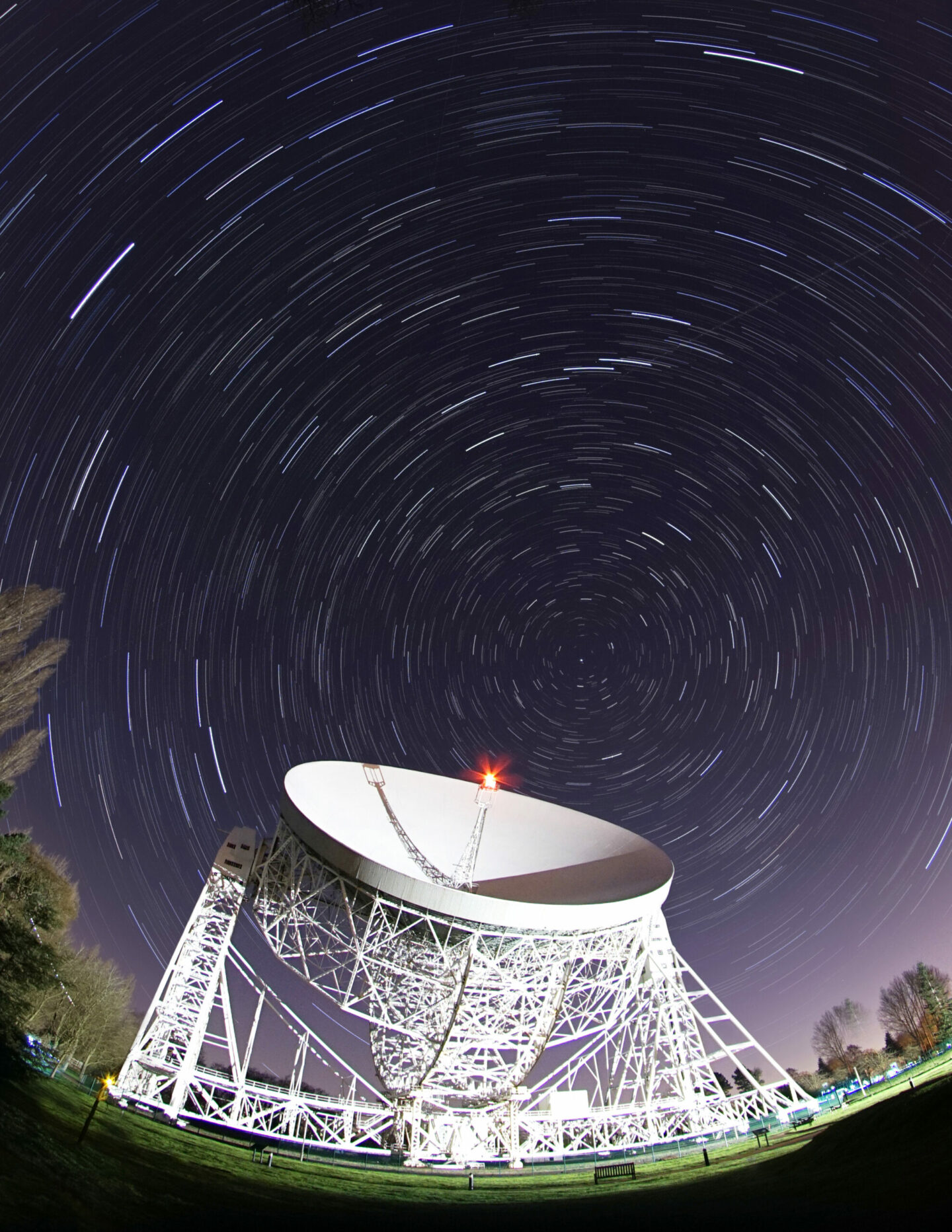
What’s next?
To combat this I will be attending an ‘Introduction to Astrophotography’ course at Jodrell Bank Observatory presented by the Observatory’s Dr Anthony Holloway on 17th January 2024.
It’s expected to be an informal and fun session and I can’t wait to get the chance to try out my equipment on the Jodrell Bank site with expert guidance. I’m hoping I’ll learn how to use my DSLR camera to get started in Astrophotography and learn more about the night sky.
So that is my next step! I’ll be taking my camera, tripod, telescope, and eager self to the observatory to learn more on this journey. I’ll be sure to write an article on my experience and in the meantime I’ll be posting more content on the website. Thank you for taking the time to read Chapter 1. I’ll be back soon with Chapter 2 as we continue to embark on this celestial journey Through My Lens.

Shaun Johnston
The Astronomers Founder
After blending an academic background in History with professional expertise in consumer research, Shaun has transitioned from unravelling historical mysteries to exploring the cosmic unknown. Fuelled by a lifelong passion for astronomy, he embarks on a celestial journey of discovery. Join Shaun in his mission to learn and navigate the night sky, unveiling the wonders of the universe and sharing the enchanting cosmic journey through his astronomy blog.
Check out more of our articles below!
Want new articles as they get published?
Subscribe to our newsletter!
Want new articles as they get published?
Subscribe to our Newsletter.
0 Comments
Submit a Comment

Shaun Johnston
The Astronomers Founder
After blending an academic background in History with professional expertise in consumer research, Shaun has transitioned from unravelling historical mysteries to exploring the cosmic unknown. Fuelled by a lifelong passion for astronomy, he embarks on a celestial journey of discovery. Join Shaun in his mission to learn and navigate the night sky, unveiling the wonders of the universe and sharing the enchanting cosmic journey through his astronomy blog.

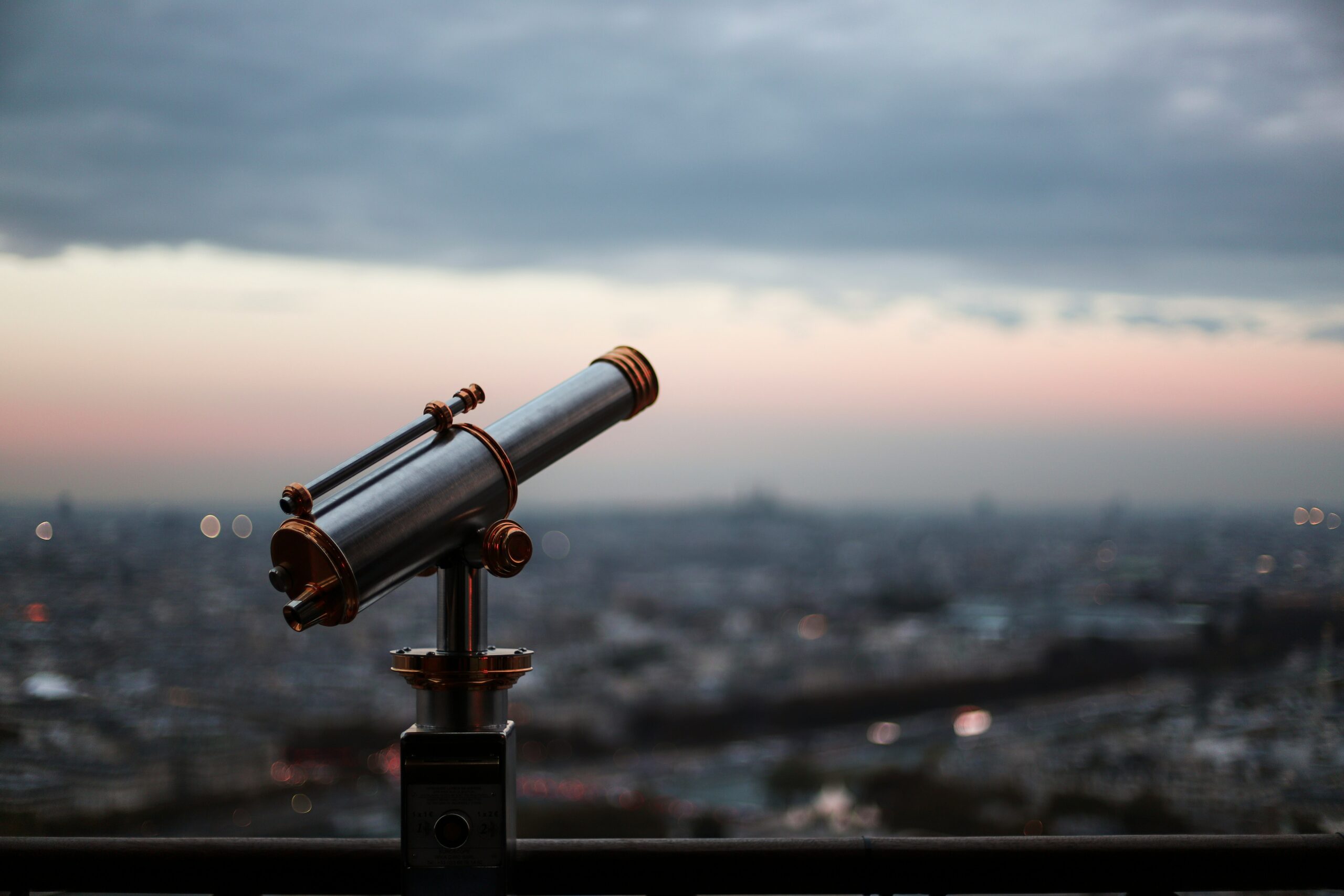
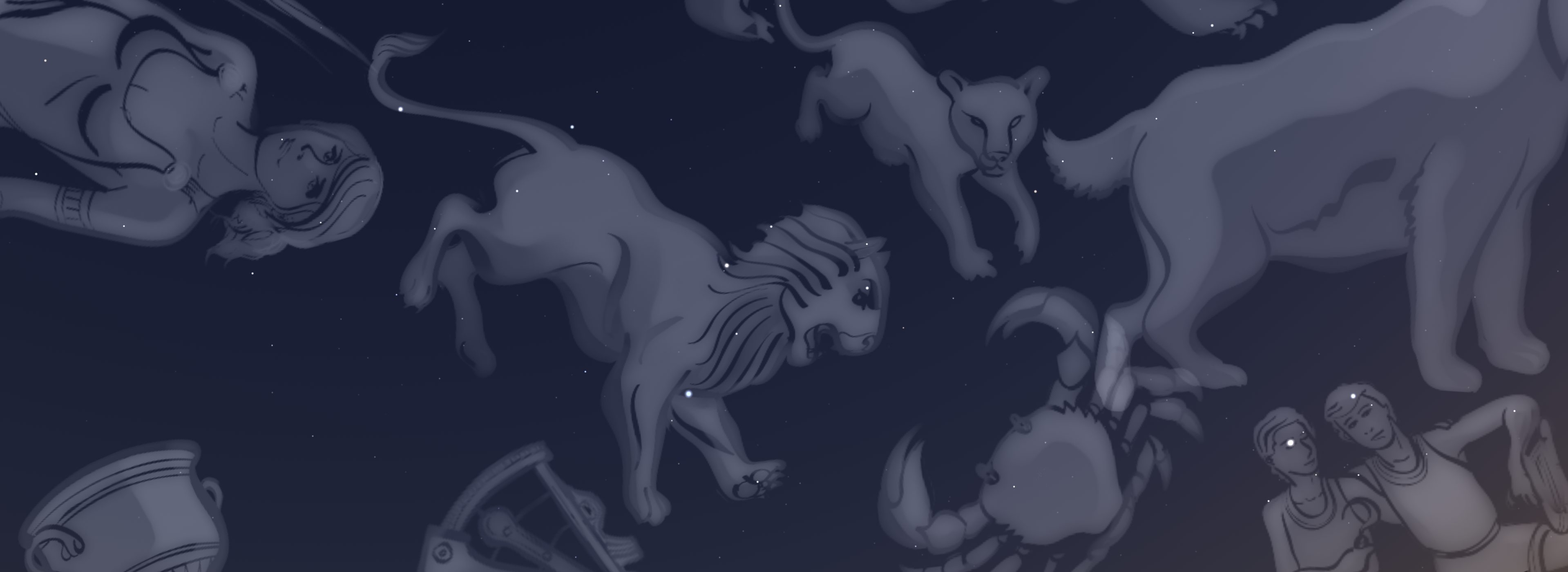
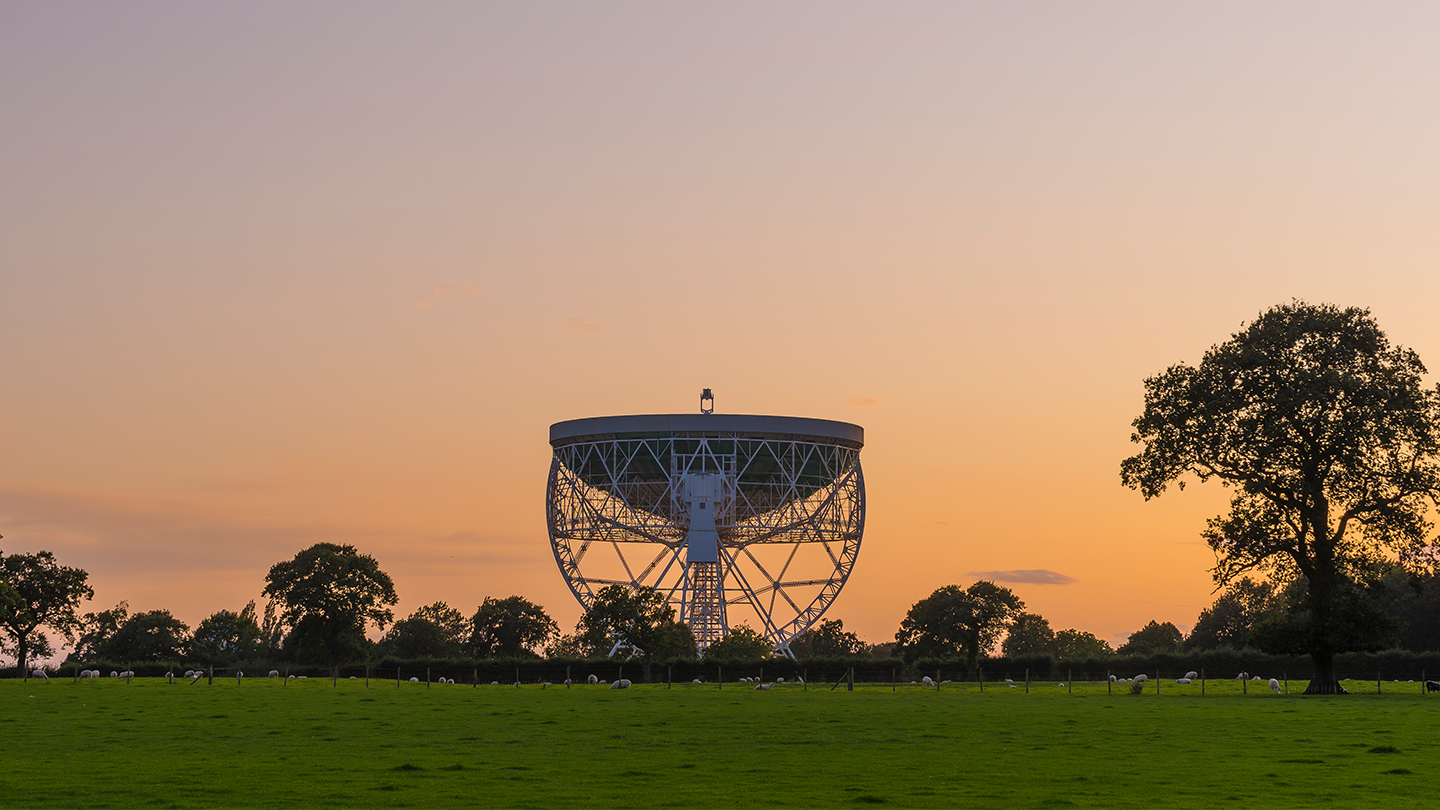
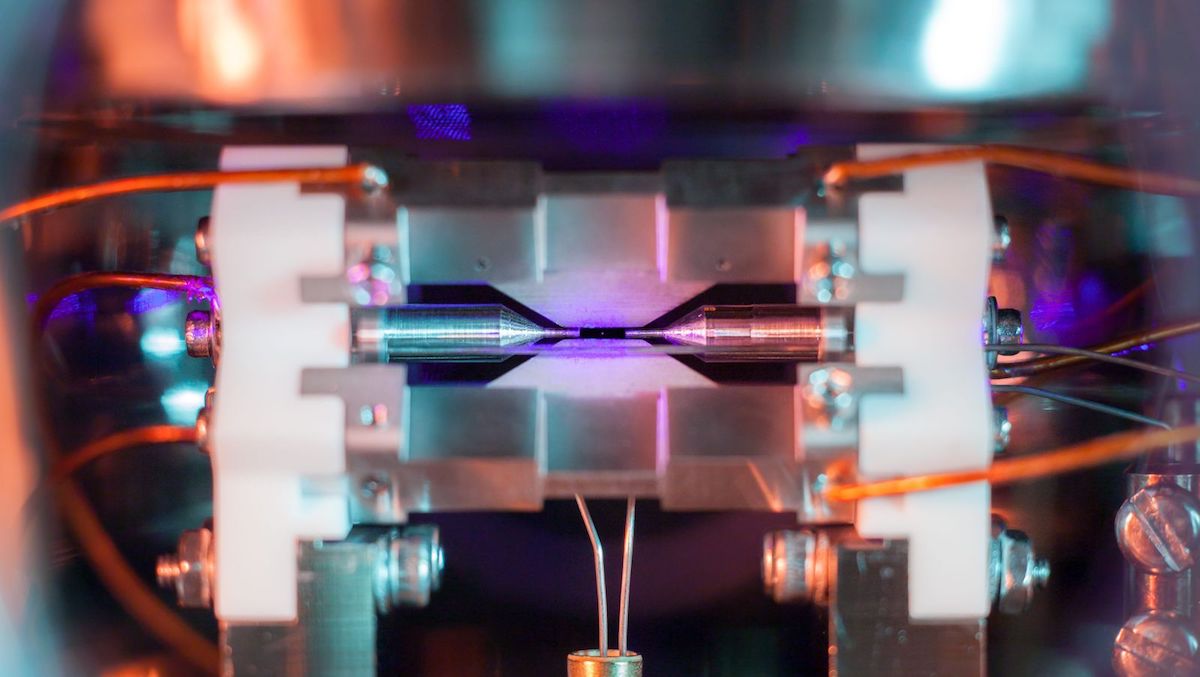
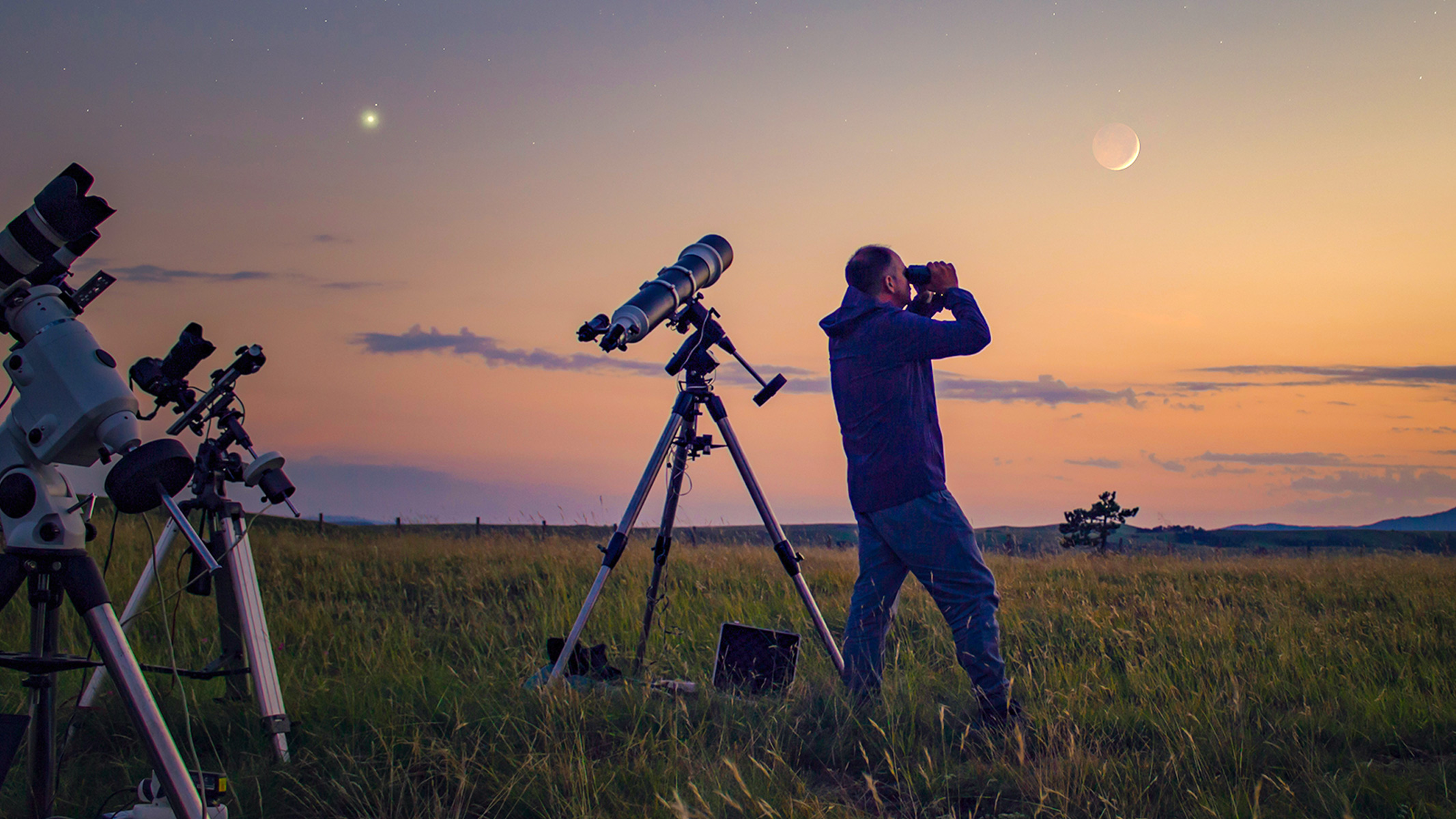
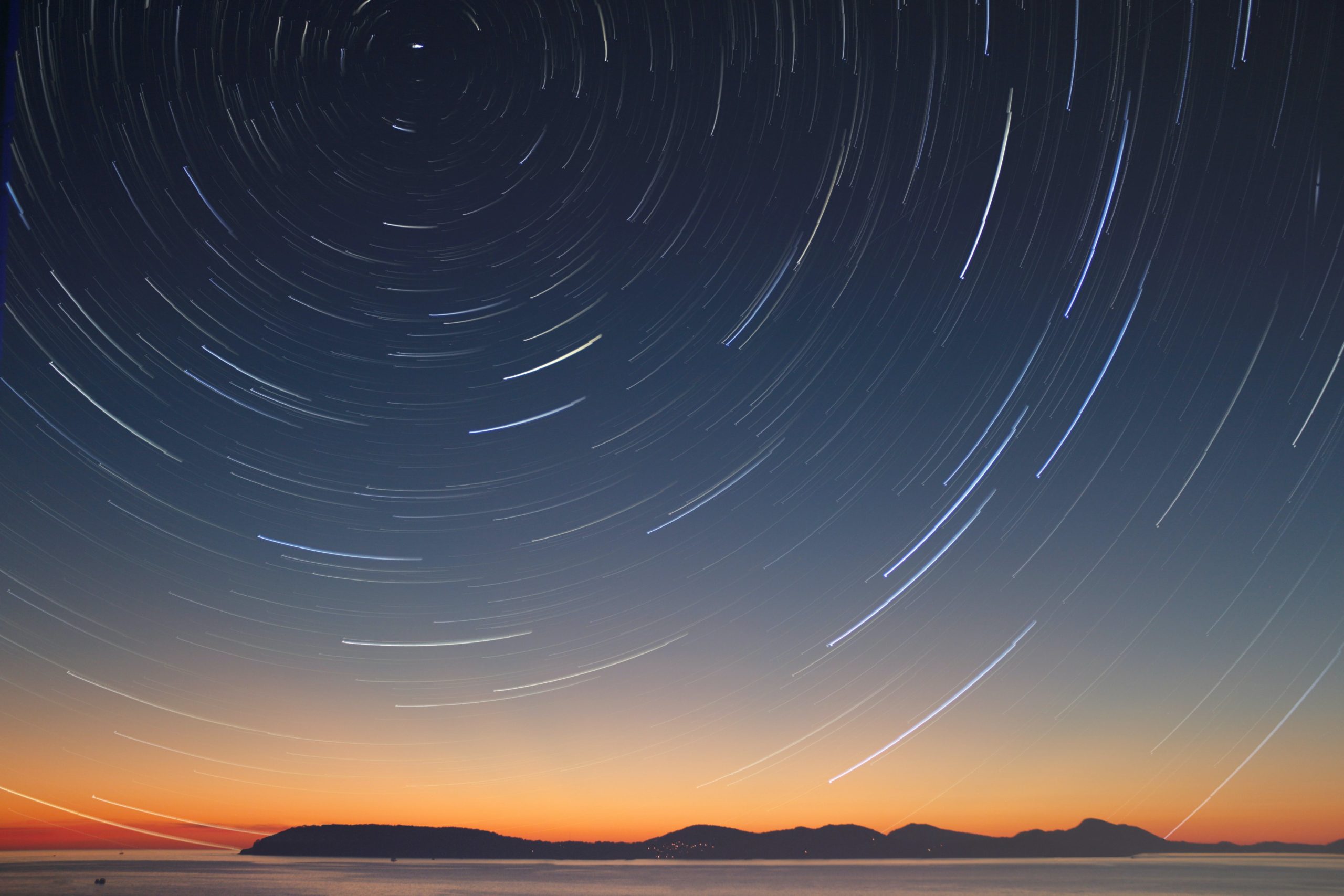
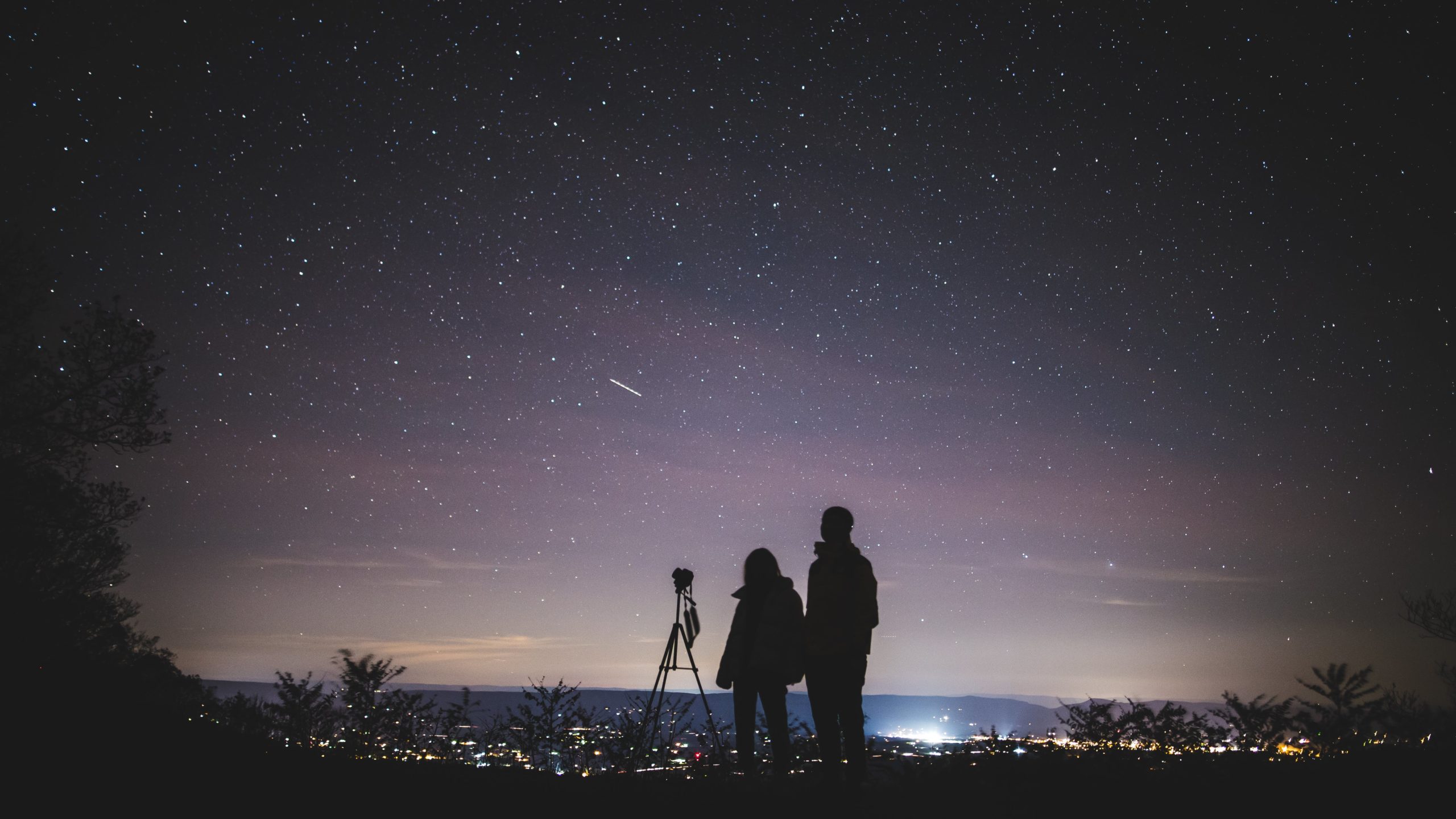
0 Comments